

By Dada Ahmed.
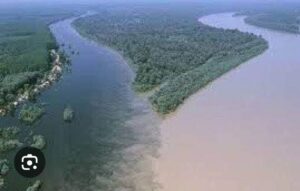
The Confluence where River Niger and Benue meet and flow as one.
Photo credit:, Facebook

The first flyover since the creation of kogi state. It is located in Lokoja, the state capital.
Kogi State, nestled in central Nigeria, boasts a wealth of historical relics poised to transform it into a sought-after destination for both local and international tourists, drawn by its rich cultural tapestry and natural beauty.
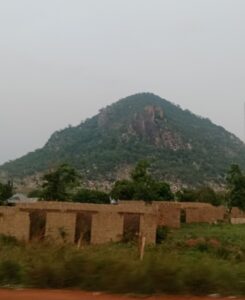
This Beautiful scene is located on Lokoja-Ajaokuta road.
Tourism experts emphasize that these attractions epitomize Kogi State’s blend of historical significance, natural wonders, and cultural diversity, positioning it as a promising destination for travelers looking to explore beyond Nigeria’s more traditional tourist spots.

The statue of Princess Inipki in Idah.
Photo Google.
Key attractions include the Confluence of Rivers Niger and Benue in Lokoja, a breathtaking geographical landmark where the two rivers converge, forming a picturesque confluence point.
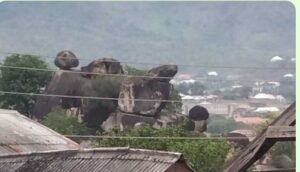
Another beautiful rocky site in Lokoja.
Additionally, visitors can explore Lord Lugard’s Residence, the historical home of Lord Frederick Lugard, Nigeria’s first British Governor-General, located in Lokoja, as well as Mount Patti, a scenic hill offering panoramic views of the confluence and surrounding landscapes.
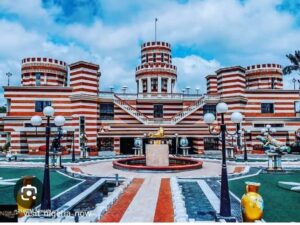
The palace of the late Ohinoyi of Ebiraland,Dr. Ado Ibrahim. The facility, located in the heart of Okene,is to be one of the best of its kind in Africa.
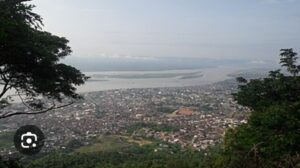
Mounti patti hill, 1,500 feet above sea level,located in Lokoja.
Photo credit: Wikipedia.
Further enriching Kogi’s historical allure is the Iron of Liberty, a towering iron pillar commemorating the emancipation of slaves by the British in 1841, standing prominently in Lokoja.
In Lokoja, the European Cemetery pays homage to European missionaries and soldiers buried there, while other historical relics such as the first military hospital, prison, primary school established in 1864, and the first bank highlight the town’s pivotal role in Nigeria’s colonial history.
Natural wonders also abound, including captivating rock formations like the hanging bridge and lion’s head in Oworo, and the awe-inspiring Owu Waterfall near Itakpe, providing a refreshing natural escape.
In the eastern region, the Idah Town Walls, dating back to the 16th century, offer a glimpse into ancient defensive architecture, while Ogidi boasts natural caves steeped in local folklore and cultural significance.
The Eco-Tourism Centre at Ejule is emerging as a hub for eco-tourism enthusiasts, offering opportunities for hiking, birdwatching, and immersing oneself in pristine natural landscapes.
However, experts argue that the current administration must take proactive steps to fully leverage these historical treasures. This includes preserving the relics to maintain their authenticity, documenting their historical context through signage and guided tours, and ensuring accessibility via safe pathways and viewing platforms.
Interpretation plays a crucial role in bringing these relics to life, engaging visitors through storytelling and connecting them with broader historical narratives and local traditions.
Engaging tourists with interactive experiences such as workshops, reenactments, and multimedia exhibits can enhance visitor satisfaction and educational value. Developing essential infrastructure like visitor centers, parking facilities, and amenities will further support tourism growth.
By embracing sustainable tourism practices, Kogi State can minimize environmental impact and ensure these relics endure for future generations, while also boosting local economies through increased tourism revenue.
Through thoughtful preservation and strategic development, Kogi’s historical relics have the potential to become compelling tourist attractions, enriching cultural appreciation, and contributing significantly to the state’s economic prosperity.
Additional facts from AI model language.
Dada Ahmed publishes The Reporters.


